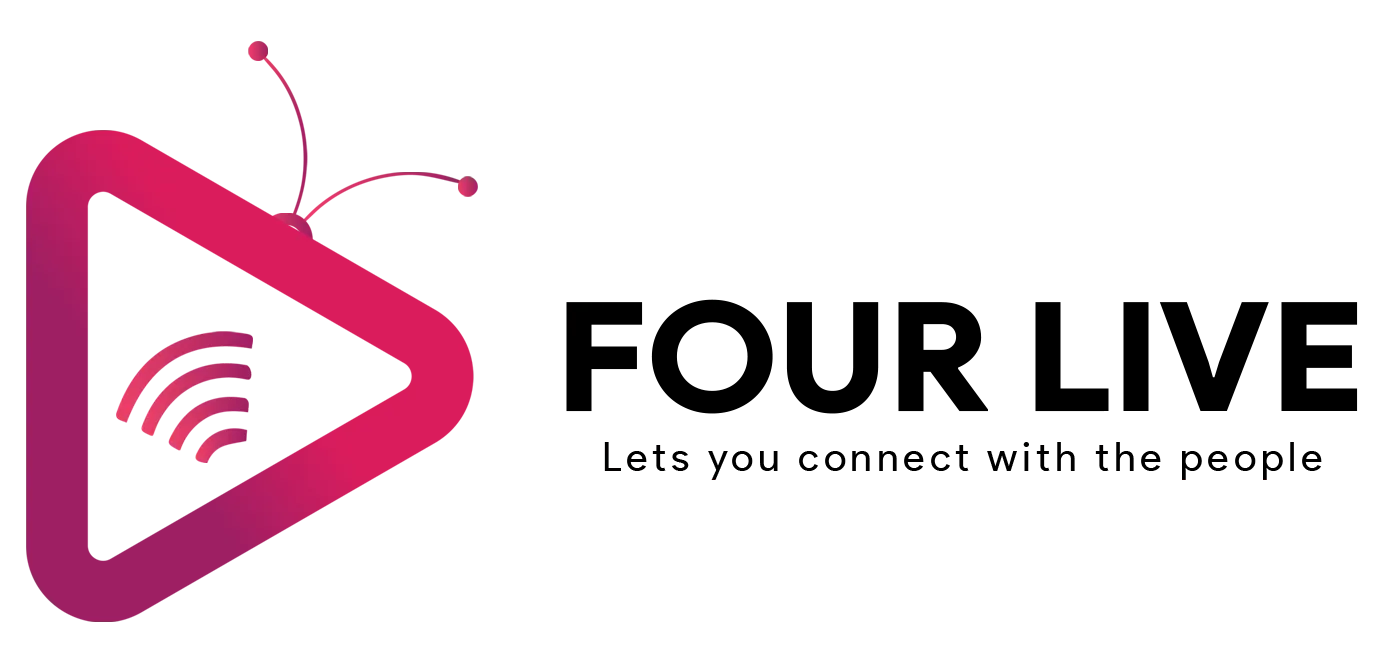Web Design: Art Meets Science
Web design is more than just creating visually appealing websites; it’s about crafting seamless user experiences that engage and convert visitors. In this post, we’ll explore the essential elements of web design, trends to watch, and tips for creating a website that not only looks great but performs exceptionally.
1. Understanding the Basics of Web Design
1.1 What is Web Design?
Web design involves planning, conceptualizing, and arranging content intended for the internet. It encompasses everything from layout and color schemes to typography and imagery.
1.2 Key Principles of Effective Web Design
- Usability: Ensures that the site is easy to navigate and user-friendly.
- Visual Hierarchy: Guides visitors’ attention to important elements through size, color, and placement.
- Accessibility: Making sure your website can be used by people with various disabilities.
- Responsive Design: Ensures the website looks and functions well on all device sizes.
2. Essential Components of a Well-Designed Website
2.1 Layout and Structure
- Grid Systems: Helps in creating a consistent and organized layout.
- F-pattern and Z-pattern Layouts: Common patterns used to direct users’ focus.
2.2 Color Theory
- Color Schemes: How to choose colors that reflect your brand and create a pleasing aesthetic.
- Contrast and Readability: Ensures that text is readable against background colors.
2.3 Typography
- Font Selection: How to choose fonts that align with your brand’s personality and improve readability.
- Font Pairing: Combining different fonts to create a harmonious look.
2.4 Imagery and Graphics
- Quality Images: Importance of using high-resolution images and graphics.
- Consistency: Maintaining a consistent style for all visual elements.
2.5 Navigation
- Menu Design: How to design menus that are easy to use and understand.
- Search Functionality: Implementing a search feature for user convenience.
3. Trends in Web Design
3.1 Minimalism
- Less is More: Embracing a clean and simple design to focus on content and functionality.
3.2 Dark Mode
- User Preference: Offering a dark theme for users who prefer it.
3.3 Microinteractions
- Subtle Animations: Enhancing user engagement with small, interactive elements.
3.4 AI and Automation
- Chatbots and Personalization: Using AI to improve user interactions and automate tasks.
4. Best Practices for Web Design
4.1 Mobile Optimization
- Responsive Design: Ensuring the website adapts to various screen sizes.
- Touch-Friendly Elements: Making sure buttons and links are easy to tap.
4.2 Fast Loading Times
- Image Optimization: Compressing images to reduce load times.
- Code Minification: Reducing the size of CSS and JavaScript files.
4.3 SEO-Friendly Design
- Meta Tags and Alt Text: Using proper meta tags and descriptive alt text for images.
- Clean URLs: Implementing clear and descriptive URLs.
4.4 Regular Updates
- Content Management: Keeping content fresh and relevant.
- Security Updates: Regularly updating software to protect against vulnerabilities.
5. Tools and Resources for Web Design
5.1 Design Tools
- Adobe XD, Sketch, Figma: Popular tools for designing and prototyping.
5.2 Development Tools
- Chrome DevTools, Webpack: Essential for front-end development and debugging.
5.3 Learning Resources
- Online Courses and Tutorials: Websites like Coursera, Udemy, and freeCodeCamp offer valuable learning resources.
In the fast-evolving world of web design, staying updated with the latest trends and best practices is crucial for creating engaging and effective websites. By focusing on usability, visual appeal, and performance, you can craft web experiences that captivate users and drive success for your business or project.
Transform Your Online Presence with Our Expert Web Design Services
In today’s digital age, having a professional and visually appealing website is crucial for businesses of all sizes. Your website is often the first point of contact potential customers have with your brand. At Futurelink Solutions, we specialize in creating stunning, user-friendly websites that leave a lasting impression.
Why Choose Futurelink Solutions ?
- Custom Designs: We understand that every business is unique. Our team of expert designers works closely with you to create a website that reflects your brand identity and meets your specific needs.
- Responsive Layouts: In a world where mobile browsing is on the rise, we ensure your website looks great and functions perfectly on all devices.
- SEO Optimized: Our designs are not only visually appealing but also optimized for search engines to help you rank higher and attract more traffic.
- Fast and Secure: We build websites with top-notch security features and ensure they load quickly to provide the best user experience.
- Ongoing Support: Our relationship doesn’t end once your website is live. We offer ongoing support and maintenance to keep your website updated and running smoothly.
Our Services
- Website Design and Development: From simple landing pages to complex e-commerce platforms, we’ve got you covered.
- UI/UX Design: We focus on creating intuitive and engaging user experiences.
- Branding and Identity: Enhance your brand’s identity with cohesive and striking design elements.
- SEO Services: Improve your website’s visibility on search engines with our expert SEO services.
- Website Maintenance: Regular updates and maintenance to ensure your site stays current and secure.
Recent Projects
We take pride in the work we do. Here are a few examples of recent projects we’ve completed for our satisfied clients:
- Bakers Treaders : A complete website redesign that increased their online sales by 40%.
- Al Sultan Center : A new e-commerce site that helped them expand their business globally.
- Priyadarshini College : A user-friendly informational website that improved customer engagement by 30%.
Book Our Service
Ready to elevate your online presence? Contact us today for a free, no-obligation quote. Let’s discuss your project and how we can help you achieve your business goals.
Contact Us
Have questions or need more information? Reach out to us!
- Phone: +91 9846034363 | +91 8589088808
- Email: futurelinks@gmail.com
- Address: Edappally, Kochi, Kerala
Connect with us on social media:
